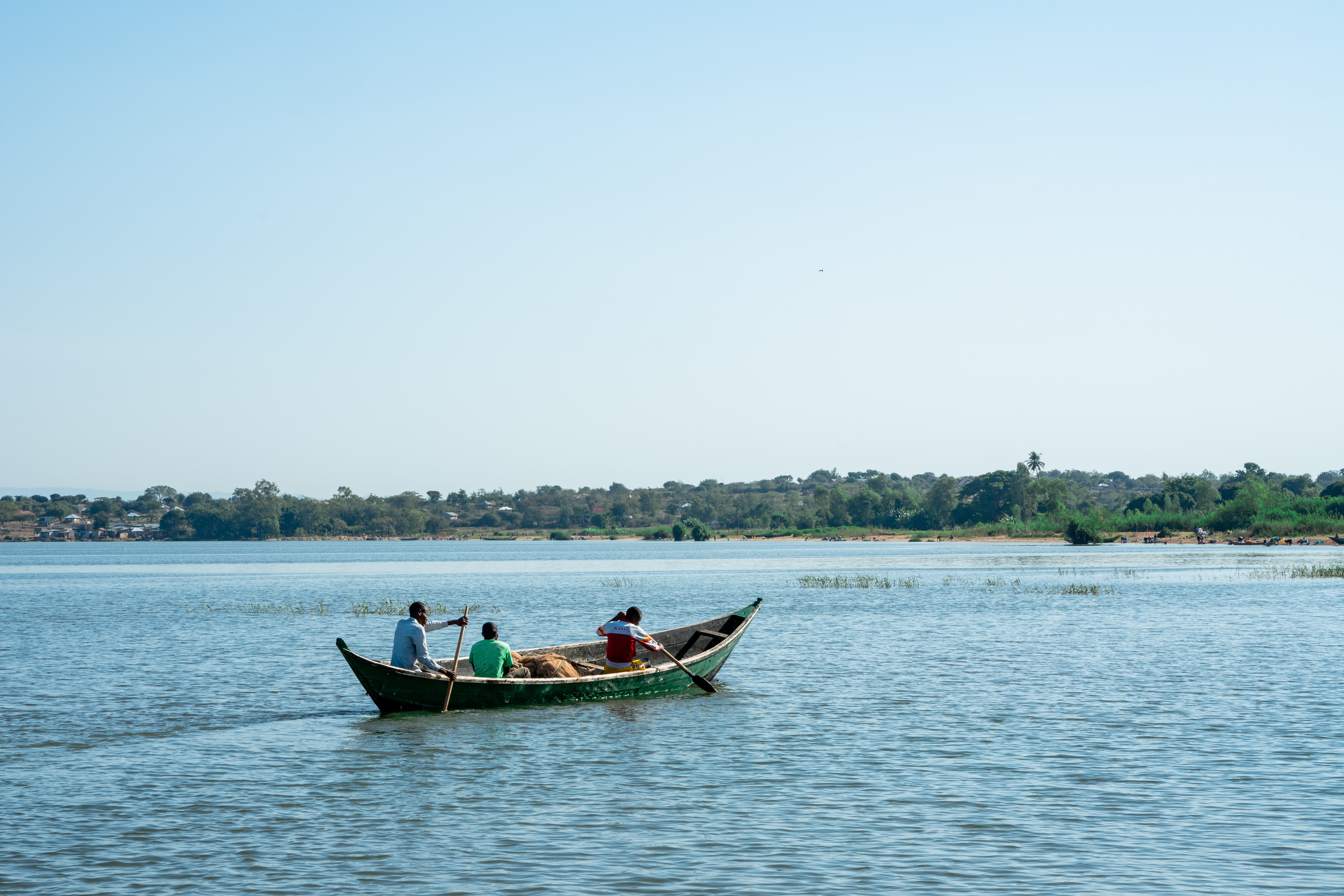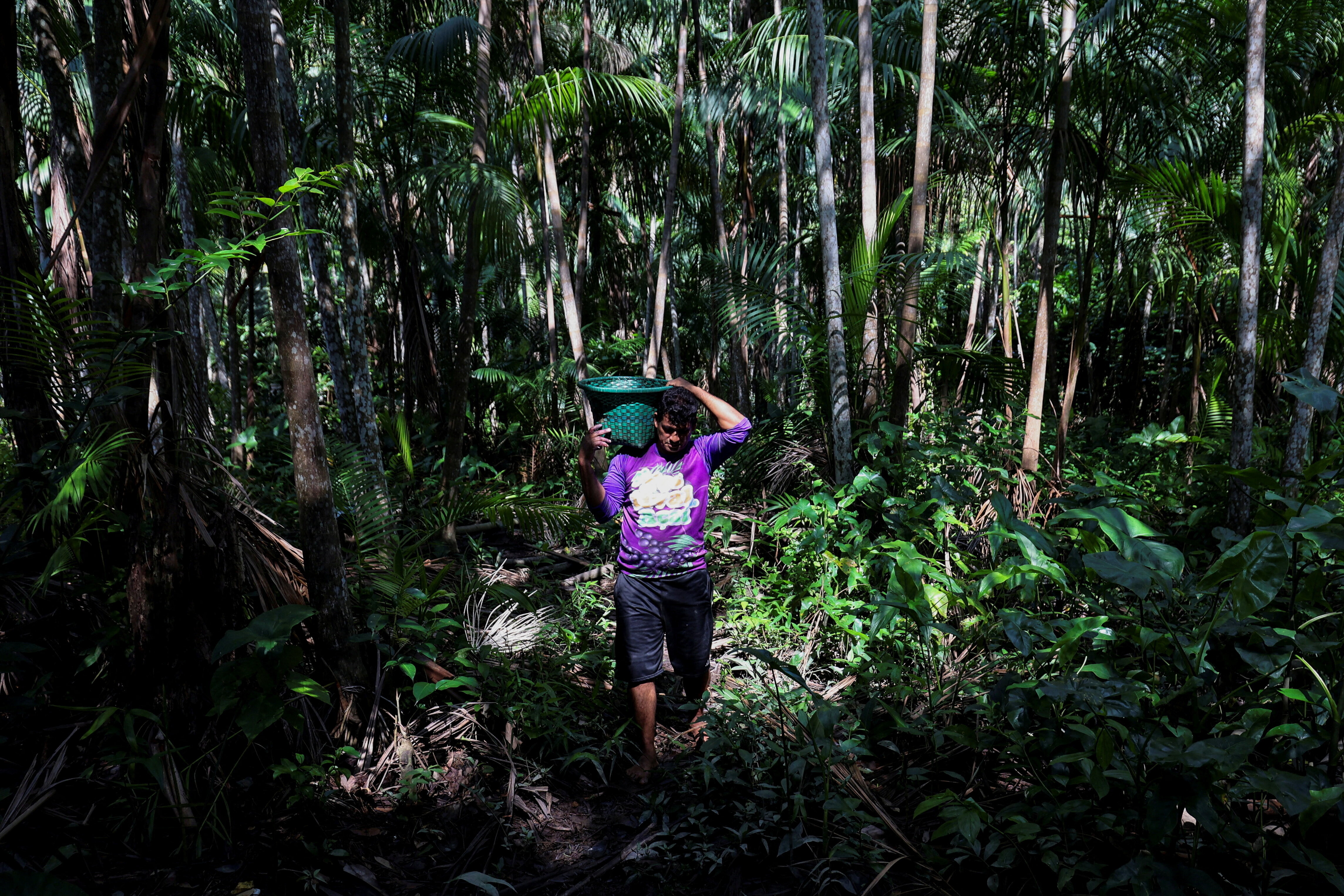5 steps to changing the way we grow our food

What can you do to help? Image: REUTERS/Navesh Chitrakar
Action is at the heart of the Sustainable Development Goals (SDGs). As the principle connection between people and planet, sustainable food and agriculture can fuel positive change. FAO’s new publication, Transforming food and agriculture to achieve the SDGs, presents 20 actions to help countries in incorporating sustainable agriculture and rural development into their broader development goals. These 20 actions offer a practical guide to implementing the 2030 Agenda. Here are some examples:
Food production systems need to respond to a fast growing population, changing diets, greater urbanization, rising obesity and malnutrition and natural resources that are increasingly overburdened and impacted by climate change.
One way to do this is by diversifying production. For example, in Chiapas, Mexico, coffee farmers are utilizing agroforestry on their farms. Because these intercropped trees provide heavy shade, fields are 2°C to 3 °C cooler than those under light shade. As such, they lose significantly less water through soil evaporation and plant transpiration, thereby increasing soils’ resilience to drought. Crop yields in agroforestry systems are comparable with, and more stable than, those obtained with synthetic fertilizers and release less greenhouse gas emissions.
Sustainable production in agriculture, forestry and fisheries requires specific attention to the management and use of natural resources, including soil, water, energy and biodiversity. There are many opportunities to conserve resources while also increasing agricultural productivity and improving livelihoods.
Protecting pollinators, for example, is essential to our food production. Pollinators, including bees, birds and bats, are vital to global crop production, boosting outputs of 87 of the world’s leading food crops. Yet, pollinators are at risk worldwide. In Ghana, vegetable growers commonly border their fields with rows of cassava plants. Most cassava varieties will flower three months after planting, profusely producing nectar that attracts bees and other insects. Vegetable crops such as aubergine and tomato – neither of which are highly attractive to pollinators – benefit from the pollinators initially visiting the cassava flowers.

Inclusive growth means turning economic expansion into better living standards for all, creating opportunities and improving livelihoods across and within societies.
There are more than seven million indigenous people in Honduras and Guatemala. They are often among the poorest in the region and depend heavily on natural resources for their livelihoods. Yet, they frequently lack legal ownership, control over or access to land, which prevents them from investing in income-generating activities. In 2016, the government of Honduras recognized the Misquito indigenous peoples’ ownership of more than one million hectares of communal land. This was thanks in part to an FAO-World Bank partnership that designed an investment plan to delimit and register new land titles in the Mosquitia region of Honduras. A Plan of Action was also launched to promote the conservation of natural resources and sustainable management of indigenous territories. 17 500 indigenous families are now able to access and manage the natural resources in their territories.
Resilience is a major factor in ensuring sustainable agriculture, fisheries and forestry. Phenomena, such as extreme natural hazards, market volatility, civil strife, political instability or disease epidemics impair the productivity and stability of agriculture. Nearly 25 percent of the total damage and loss caused by natural hazards and disasters in developing countries are in agriculture.
The Rift Valley Fever, a zoonotic disease transmitted by mosquitos, causes widespread deaths in young ruminants. It can also affect people, such as livestock owners, veterinarians and butchers, who come into direct contact with the animals. This life-threatening disease can devastate livelihoods and communities. Preparedness is crucial. Preventive animal vaccination helps to minimize the effects not only on livestock but also on human health. FAO has been working with countries, including Kenya and Tanzania, to develop their contingency plans and ensure readiness.

The transition to more sustainable agriculture and food systems requires a multidimensional approach. Actions should not only focus on promoting changes in practice but should also build political alliances with actors both within and beyond the food and agriculture sectors.
In the Mekong Delta, Viet Nam, diverse incentives co-financed from public programmes, private sector investment and civil society initiatives are supporting shrimp fishers to comply with mangrove restoration and protection regulation. The private sector provides financial bonuses per hectare of mangroves conserved within aquaculture farms and has developed a certification for shrimp raised in integrated mangrove-aquaculture areas, offering a ten percent premium for certified organic shrimp.
Mainstreaming sustainable food and agriculture into national development strategies and action plans requires integrated programmes and policies, interlinked goals and targets and regularly monitored progress. This publication offers decision-makers the elements to forge ahead in meeting the world’s goals and achieving #ZeroHunger by 2030.
Don't miss any update on this topic
Create a free account and access your personalized content collection with our latest publications and analyses.
License and Republishing
World Economic Forum articles may be republished in accordance with the Creative Commons Attribution-NonCommercial-NoDerivatives 4.0 International Public License, and in accordance with our Terms of Use.
The views expressed in this article are those of the author alone and not the World Economic Forum.
Stay up to date:
Food Security
Forum Stories newsletter
Bringing you weekly curated insights and analysis on the global issues that matter.







